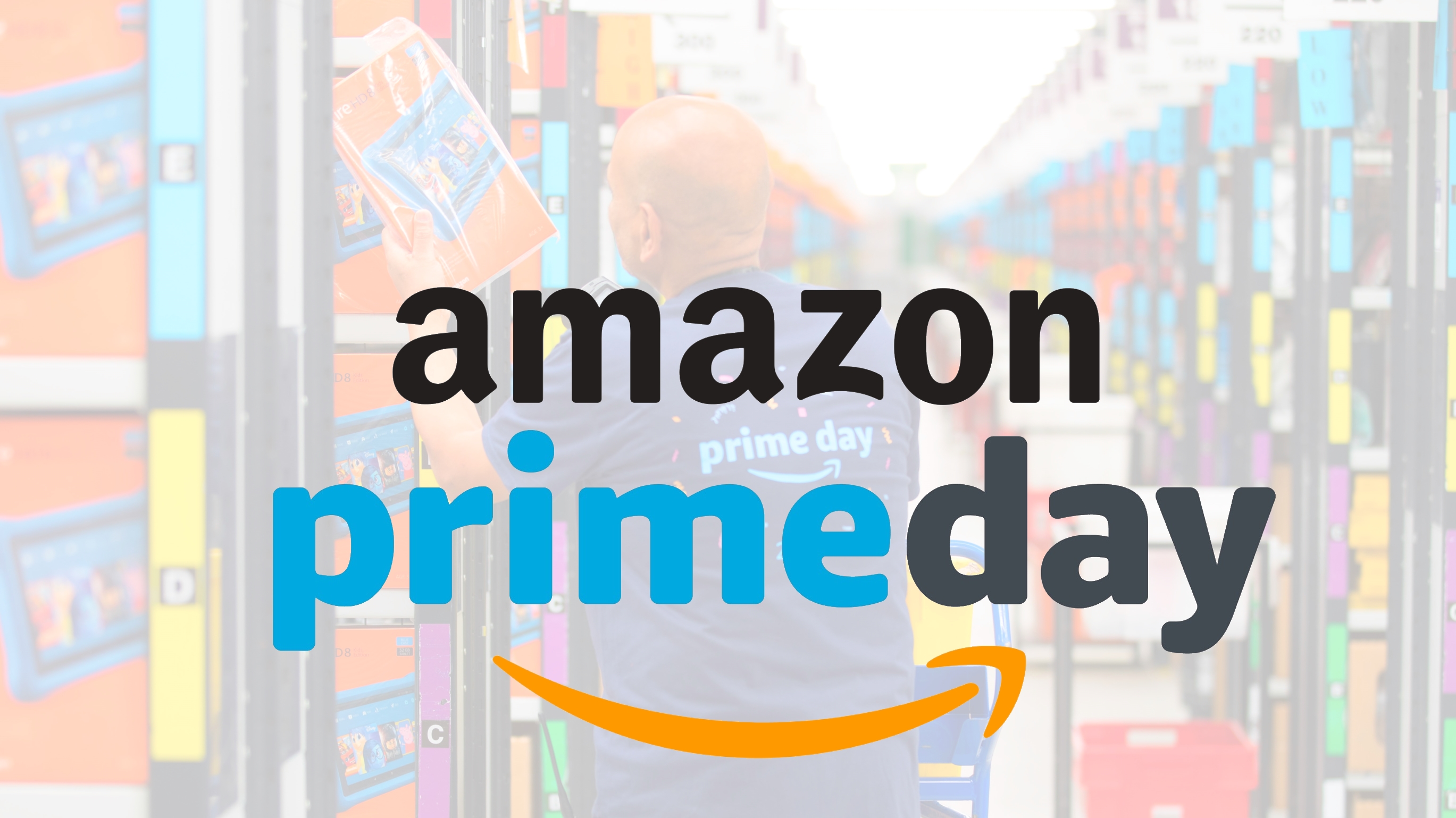The direct-to-consumer (DTC) model has changed the way businesses strategize for growth. Because they own customer data, digital businesses can control the entire online customer experience by formulating complex marketing funnels based on insights from that data.
Fashion is one of the major consumer categories most affected by the DTC boom. In fact, it has become one of the most crowded and competitive consumer verticals, with new brands popping up every day. I’ve seen this first-hand, as the co-founder of Pangea, a growing men’s swimwear brand.
That’s why it’s more important than ever for digitally native fashion brands to not only differentiate themselves from competitors, but also effectively communicate what makes them unique via marketing.
These are the keys to successful fashion marketing:
Brand Identity
The first and most important thing for a fashion brand to do is to develop a unique, cohesive brand identity that both differentiates itself from competitors and serves as the foundation for a comprehensive marketing strategy that communicates that unique identity.
Most fashion brands operate in crowded categories where it’s nearly impossible to differentiate from competitors on functionality or utility, alone. To stand out, they need to craft a compelling brand narrative.
For Pangea, we built a brand identity around the concept of the worldly gentleman. This aspirational brand hero serves as a vehicle through which to tell a rich brand story around our unique prints, inspired by different locations around the world (like Moroccan Berber rugs, French stained glass and Greek tiles).
Too many brands don’t spend the time distilling down who they are, what makes them unique. Defining your why is the first step in developing the brand DNA that will inform and guide everything from product strategy to marketing.
Brand Guide
While brand identity and narrative are key starting points, they are just two of many critical elements of a brand guide that explores and defines the critical aspects of brand development – from your color palette to what filters to use in social media posts – and how they work together.
A brand guide builds out your visual identity and persona with target audience insights and messaging guidelines based on deep research and competitive analysis to keep your creative assets and messaging consistent across all mediums and channels.
Visual Assets
With a brand guide in place to inform creative strategy, the next step is to create strong visual assets. When it comes to DTC fashion, the old saying holds true – a picture is worth a thousand words. Product photos, lifestyle photos and video demonstrate the product in action for customers who don’t have the benefit of touch and feel when browsing a website.
By tying imagery to the foundational brand narrative, you can visually tell your brand story. Pangea travels to the source of each collection’s geographical inspiration to tie our visual assets into our overall brand narrative.
No matter what angle you take with your visual assets, this is not the place to skimp. Work with experienced professionals to create high-quality assets that depict your products as beautifully as possible.
Website
Great ecommerce websites are finely tuned machines that efficiently convert visitors into customers with a dynamic, intuitive interface that leverages content to drive purchases.
Many fashion brand websites suffer from over-creativity, focusing so much on design that they neglect basic user experience. While ecommerce websites should be beautifully designed, they should also be straightforward in functionality, taking UI/UX best practices into account.
We recommend building your website on Shopify. Your homepage should have a clean, high-res hero image and a clear, above-the-fold call to action (CTA) to guide visitors to your products. Implement an email capture popup and subscription form in your footer to capitalize on website visitors who are interested in your content, product updates, discounts and other news.
Make sure navigation flow is simple and easy to follow, moving customers from homepage to checkout in as few steps as possible.
Effective product detail pages (PDPs) should feature those high-res product and lifestyle photos discussed earlier alongside brief but informative descriptions. Display product reviews and testimonials to build social proof.
And, of course, in today’s age of mobile browsing, designing your site for mobile responsiveness is a must.
Marketing Strategy
If you build it, they will not come. You have to drive traffic to your website with a multi-channel marketing strategy that grows your audience, educates them about your brand and products and keeps them engaged throughout their customer journey.
Marketing Calendar
Plan out a master marketing calendar that accounts for seasonality and aligns with your product strategy and promotional calendar. Your calendar will allow you to plan big campaigns around holidays and seasons where customers spend more, adjusting your strategy for slow seasons.
Some brands offload excess inventory with deals between high-revenue seasons, while others might focus less on selling in favor of staying top of mind with content campaigns until the return of sales season. The specific goals will vary for every business, but no matter the goal, the strategy should be planned in advance.
Paid Media
Facebook, Instagram and Google, though increasingly competitive, are still great places to build full-funnel paid media strategies to increase awareness and efficiently convert customers.
Paid social and search engine marketing (SEM) will undoubtedly drive sales, but brands should have enough financial runway to spend at least $5k-10k per month on paid acquisition for three months to generate actionable insights from reliable data.
Email Marketing
The days of growing a business or raising money off a pitch that centers solely on throwing money at Facebook, Instagram and Google ads are over. Brands need to supplement paid acquisition strategies with nurturing and retention tactics.
Enter email marketing – the most effective revenue-driving channel in your arsenal. By building an email list of engaged subscribers and segmenting that list based on demographics and behavior, you can serve personalized messages to existing and potential customers that encourage purchasing.
Leverage automation to build out sequences based on various triggers, like cart abandons or time since last purchase so that your subscribers always get the right message at the right time.
Social Media
It’s imperative to build a community of engaged followers on social media. Your social channels are the best places to generate loyalty and third-party validation.
Too often, brands treat social media as a one-way street – they tell their story to inform and educate users, but fail to create a conversation. Social media can (and should) inform business decisions. Savvy brands that source opinions and respond to feedback gain valuable insights into what their customers want.
Fashion brands (especially those with a female-skewing demographic) should not neglect Pinterest, as it’s one of the fastest growing social channels.
Content
Organic content, though inexpensive, can be time-consuming to produce. But with patience, it will pay dividends well into the future.
By performing keyword research, you can discover what information or content people are searching for that isn’t being provided effectively. These topics offer an excellent opportunity to rank highly in organic search results, driving free traffic well into the future.
You can also repurpose and redistribute blog articles and video across other channels. Content drives engagement and keeps people returning to your website. Returning users are almost always more likely to engage and convert better than new website visitors, which will have a positive impact on your customer lifetime value.
When it comes to content, think like a publisher. At Pangea, we’re rolling out a travel journal to provide an informative and engaging content experience beyond merely talking about our products.
Influencer Marketing
The misconception around influencer marketing (especially when it comes to fashion) is that it will be an effective driver of revenue. The fact is, influencer marketing is not a great direct-response marketing channel and poses significant attribution challenges.
Influencers have earned their engaged audiences with authenticity – hawking product rarely comes off as authentic. Instead of pushing sales, influencer marketing should be used to grow reach, build brand equity and develop social proof by tapping into aspirational audiences that align with your target demographic.
Like organic content, influencer content can be repurposed for use across other channels.
Experiential
Experiential marketing is an exciting, though challenging avenue. It presents digitally native brands an opportunity to create imaginative, real-world experiences for customers. But, while it’s a great way to test physical retail, because of production costs and extended timelines, it’s not a scalable strategy.
No matter what form your activation takes, aim to be scrappy, as costs mount quickly. Seek collaborations with other brands that have similar audiences but aren’t competitors – customers looking for their products are probably also looking for yours.
Pangea partnered with Funboy, a company that manufactures floaties, to throw a series of pool parties. With two partners involved, these activations had twice the promotion power, earned shared customer info and created a wealth of great content for minimal cost.
Whatever you do, don’t blow all your money on big activations! As entrepreneurs in the swimwear space, we’ve seen too many brands throw $20k at a runway show at Miami Swim Week, leaving nothing over for growth marketing.
Customer Service
Customer service is not often thought of as a marketing channel, in the traditional sense, but for digital brands, it’s usually one of the few (if not only) areas to directly interact with customers one-on-one.
Not only is it an vital retention tactic, but it’s also a key component in building a reputation for caring about your customers. However, it can take several precious hours a day for a lean team to respond to customer inquiries. If you can’t keep up with your customer service, outsource it – the last thing you want to do is leave a customer hanging who went out of their way to engage with you.
Excellent customer service is one of the areas you can stand out from the competition and keep customers coming back. It’s all about the brand experience.
Physical Retail
Ultimately, direct-to-consumer is a great strategy for initial growth, but at scale, it presents the challenge of diminishing marginal returns. There will come a time where any successful brand will need to go beyond digital to fuel continued growth.
If you have enough capital to open your own store… you probably didn’t need to read this article. But for many early-stage fashion brands thinking about getting into physical retail, the answer is wholesale. And while wholesale can provide returns, it’s essential to know the risks.
Many growing brands make the mistake of seeking big purchase orders with large retailers. This can often be a poor decision for early-stage brands that have no leverage to dictate terms. In this scenario, you’ll have to bear not only the cost to manufacture the inventory for the order, but also take all the risk on unsold inventory – with no minimum guarantees, unsold items will be dumped back onto you.
Not to mention, you also can’t control how stores merchandise your items – there’s a possibility your items will be marked down right away, which can cheapen your brand. Add on the fact that most retailers won’t pay out for 90 days from sale, and you’ll be stretched thin from a capital perspective for three months before you see any cashflow. While you can seek financing through a factor, high interest rates may make this a risky proposition.
As a digitally native brand, it’s best to build enough brand equity to give you leverage in your negotiations with retailers or can develop a wholly-owned strategy before getting into physical retail. Until then, focus on digital growth, strategic partnerships and experiential, where you control every part of your business and the customer experience.




